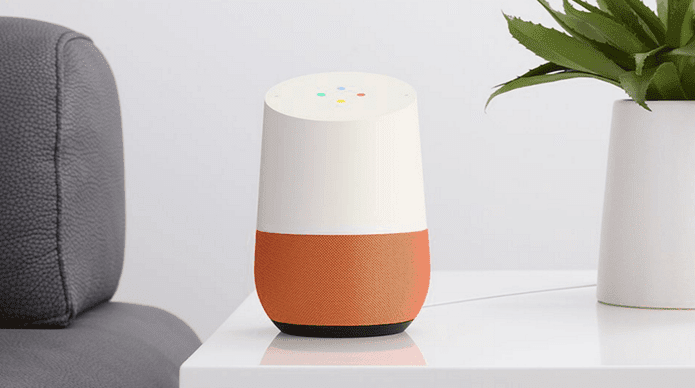More Work, More Apps
Imagine a typical day for anyone using a smartphone. You wake up, check your phone’s notifications, get ready to leave for work, make a few calls or emails, and then either enjoy your favorite podcast or music collection while on your commute to work. A few check-ins, tweets, and other social media updates later, you’re on your work desk and getting things done. All the while you are constantly getting notifications on your smartphone and depending on how many apps you use, more and more notifications simply ends up meaning more and more apps running in the background. Which means that the phone is consuming more memory than it did when your day began. True. But does it mean the phone is slowing down because of it?
It’s All in the Memory
No. That’s because memory management in all modern smartphones has improved many times over what it was in the early days. Even developers are encouraged to make their apps in a way that won’t stress the OS’ memory. Both iOS and Android utilize little memory when keeping these apps alive in the background and have clever implementations to kill these automatically, if the app hasn’t been in use for a specified period of time. Even though most users feel that killing apps proactively gives them better performance from their phone, this isn’t always the case. If you’re running iOS 8 or Android OS v4.2 or higher, then there’s a very high chance that task killers aren’t very effective. Yes, they do kill active processes, but it won’t be long before some of these processes start running again on their own, without you ever launching the app associated with it.
Services Are Not Apps
No matter what apps you may use on a daily basis, there are way many more services that run in background to support the functionality of these apps. Much like the services that run in the background of your Windows or Mac, these aren’t visible to the user and will keep running in the background. Even when you launch the multitasking option, what you see are the apps that are currently running on your smartphone, not the services. And it is the presence of these services in the background that can really affect the performance, not the number of apps themselves.
Running Apps Doesn’t Affect the CPU
Even though your smartphone may show that it has consumed more than 500MB of RAM after you rebooted, it in no way means it has affected your CPU. These 2 are very different components within the architecture of any piece of hardware, be it an Android phone, iPhone or even a Windows PC. The apps are loaded to memory for quick access, which gives the users the benefit of switching between apps without any jitters. The CPU is left alone to handle the core functioning of the apps themselves, so the next time you’re worried about more RAM being consumed on your smartphone, just relax! It’s all under control. Still Not Convinced? Read our Top 3 Ways to Batch Uninstall Multiple Apps At Once in Android article to put your mind at ease about too many apps on your Android.
Killing Apps Fixes Constant Freezing?
Yes and no. If an app seems to have gone all White Walker on you (read Game of Thrones), then it’s a great idea to swipe up (or sideways, for Android) to temporarily kill it and then relaunch it. This doesn’t, however, mean that doing this on a regular interval will rid you of all apps freezing every now and then. Truth is, no matter how much you keep your running apps in check, chances are, there might still be some apps that may freeze unexpectedly. This might be more of an issue with the hardware on your device, or the way the app was developed, rather than the memory it is consuming.
More Apps in Memory is a Good Thing
Before you send us those emojis that express surprise and astonishment, hear us out. The apps that run in the background of your smartphone aren’t stressing your CPU, aren’t affecting performance and what’s more, they are also not consuming that much power. The only real downside of having apps running in the background is seeing the amount of RAM consumed spike up, but that isn’t a bad thing either. Having apps running in the background actually means easy, seamless switching from Instagram to Twitter to YouTube. Wouldn’t you like that? Helpful Tip: Rather than worrying about RAM, know how to clear unwanted cache and other unwanted files from your smartphone.
Keep Working, Stop Stressing
You cannot imagine that two of the biggest companies in the tech world made all those advancements on their tech and left a silly thing like managing memory in the hands of everyday users, right? Both Google and Apple have made huge improvements to the way their OS manages these apps and we’re at a stage now that we can truly keep installing and opening as many apps as we wish, without stressing about them. So go ahead. Open Tinder and look at potential matches all day long, while your emails keep coming in and your calendar keeps syncing with important additions made to your Facebook/LinkedIn and Twitter accounts. It’s all good, amigo. The above article may contain affiliate links which help support Guiding Tech. However, it does not affect our editorial integrity. The content remains unbiased and authentic.














